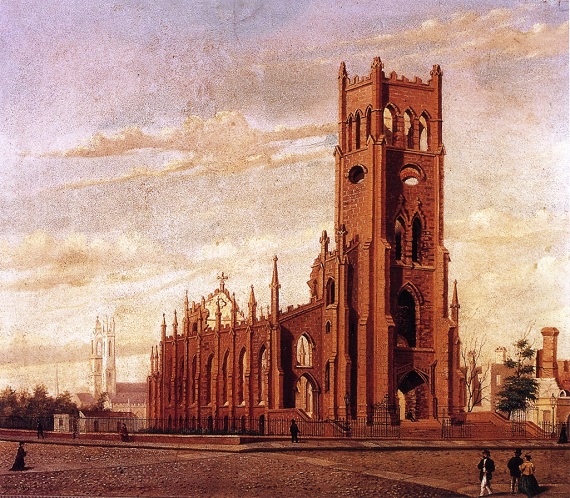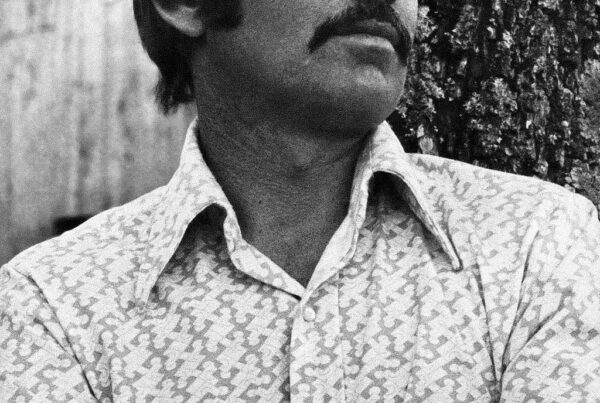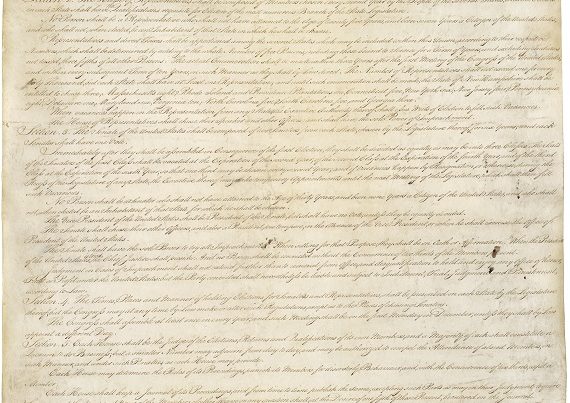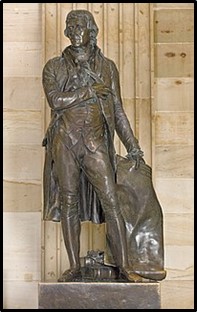Late in August 2001 my wife Barbara and I visited the classic Southern city of Charleston, South Carolina. We walked around the old town and observed many historic places. This resulted in the following article I wrote in an opinion column ‘County Lines’ published by the defunct Carolina-Kure Beach Weekly News under my pen-name Sam Stark. I’ve edited the original article titled “Southern Discomfort” slightly and added some more recent information:
With coastal temperatures pushing into the 90s, and high humidity (in Wilmington, North Carolina), we decided it couldn’t be any worse in Charleston, South Carolina for a couple of days. Maybe not, but the “real feel”—everything today is about feelings—weather was rated in the 100s. Charleston harbor water was 85 degrees on August 21.
In addition to oppressive summer weather, Charlestonians for centuries have endured Indian attacks, pirate terror, a Revolutionary war, invaders from the North, a yellow fever epidemic, devastating fires, hurricanes, and now—the worst of all modern discomfort—too many residents.
The trouble started with English King Charles II. He gave the southern half of the New World to several “Lords Proprietors.” In 1670 they sent some hardy souls to the southernmost English settlement on the continent: a wetland peninsula between two rivers (the Ashley and Cooper) which flow into a deep-water harbor. For political reasons the King’s subjects called their place Charles Towne. But they had problems from the beginning.
The enterprising settlers developed a lucrative fur trade with the Yemassee Indians, but the natives were anxious about urban sprawl and conducted a two-year war against the sprawlers. The Englishmen built a wall and moat around the city, establishing the first gated-community in the South; another insult to the locals. Then, in 1717, a new threat to their growing economy developed.
A “gentleman” pirate named Stedt Bonnet, formerly a major in the British army, sailed from the Caribbean Sea to Charles Towne harbor in his ship Revenge and plundered some trading ships. After joining forces with Blackbeard, another pirate, and other undesirables, Bonnet showed up again for booty and sailed on up to the Cape Fear River.
Governor Robert Johnson had enough angst about pirates and sent Col. William Rhett, a local hero, to capture the thieves. On September 26, 1718 after a thrilling and painful battle between Bonnet’s Royal James and Rhett’s two ships, grounded on a sandbar in the Cape Fear River, Bonnet surrendered. In December he was hanged at White Point just outside the Charles Towne city walls. The pirate scourge ended, but by the 1770s the English government was making life uncomfortable for the colonists.
Every merchant ship to enter this now thriving port, shipping rice and indigo, was taxed at the Customs House. In1773 Charles Towne had its own Southern “tea party” to protest the English Tea Act. Being smarter than the Bostonians, instead of dumping valuable tea in the harbor, they stored it in the cellar of the Exchange Building sometimes called “The Independence Hall of South Carolina.”
Here in the Great Hall the colony’s delegates to the Continental Congress drafted the Declaration of Independence. Four prominent Charles Towne residents signed this document, which resulted in a two-year British occupation of the city. The Loyalists imprisoned colonial dissenters in the cellar of the Exchange, by then converted to an uncomfortable dungeon.
Charleston residents have endured many other discomforts; the worst resulted from the War for Southern Independence and the punishing aftermath during the 1860s and 70s. The War and Northern Reconstruction ruined this prosperous city and over 200 elite families. Literature professor Jack Trotter, at Trident Tech College in Charleston, describes these people:
“[T]hey were probably the most socially refined and hospitable elite society in America, and one that produced an impressive number of distinguished statesmen, military leaders, writers, naturalists, artists and scholars.
“The combined effects of the War, Reconstruction and years of economic stagnation were devastating for Charleston and her first families. The Union blockade and constant shelling by enemy gunships had reduced the city to shambles. Due to the blockade, exports of cotton and rice had been almost completely curtailed, basic necessities were scarce, and refugee planters returned to their plantations to find them often ransacked and burned, or simply confiscated and occupied by federally appointed overseers. Even family burial vaults were, in some cases, desecrated by marauding Union troops.”
After the War, the few planters who recovered their plantations were “hampered by numerous difficulties—not the least of which was finding and paying for help under the free labor system. Many ex-slaves were reluctant to return to work, especially in the harsh conditions of the rice fields, and most of the Charleston landowners had invested heavily in Confederate currency, and thus were left effectively bankrupt by War’s end. Even those plantations which managed to show a profit faced drastic reductions in production levels. Aside from the aforementioned factors, repeated flooding of the fields by hurricane-driven tides between 1885 and 1911 and competition from rice growers in Louisiana and Texas ensured that, by the second decade of the 20th century the cultivation of rice…was no longer a viable concern.”
In 1886 a strong earthquake rocked the city. Today tour guides enjoy pointing to the sometimes decorative bolts installed to stabilize buildings. A hundred years later, Hurricane Hugo caused distress to Charleston in 1989.
Charlestonians resisted the industrialization embraced by other Southern cities such as Atlanta and Nashville. In the 1920s historical preservation and resulting tourism revived the old city. Prof. Trotter writes, “the emergence of tourism as a major industry in Charleston was in large part the result of a compromise between the forces of modernization and preservation…Throughout the 1920s and into the Depression era, tourist numbers in Charleston gradually rose.”
And now, after a more than 300-year history of discomfort, what is the most irritating to officials in Charleston? People. Yes, people are such a pain to the Charleston County government that council members and planners are responding to demands from some local, vocal malcontents with regulations known as the Unified Development Ordinance. They want to dictate how many people will be allowed to live on the land.
Charleston landowners, like many other Americans, are being forced into a painful choice: Do they want freedom to use property in the owner’s best interest, or more restrictive government controls on land use?
Last week the Charleston Post and Courier reported, “a judge ruled that density limits must be set”—a very discomforting mandate.







